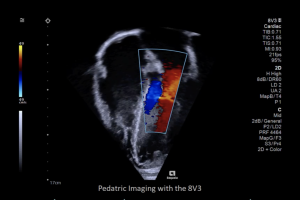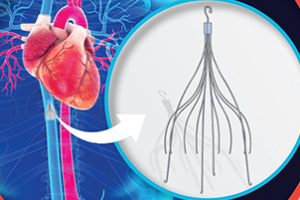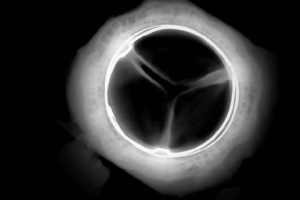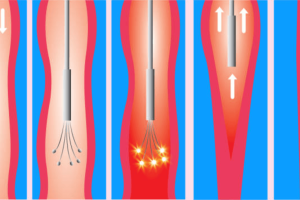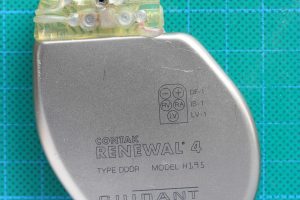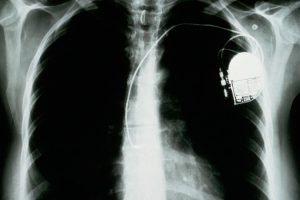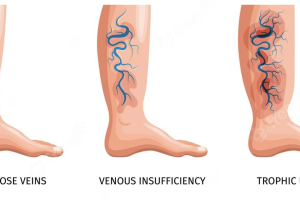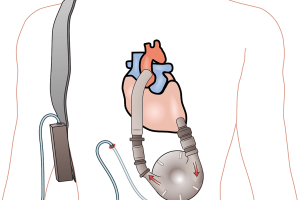The heart never takes a break. The heart is a strong muscle that never stops exercising, not for a minute. Every minute it needs blood, nourishment and oxygen. At Amarillo Heart Institute, we understand the importance of keeping your heart healthy and functioning at its best. We believe that a healthy heart is the foundation of a healthy life, and our goal is to provide you with all you need to achieve optimal heart health, a happier heart.
Intracardiac Object Foreign Revomal

¡Image by Drazen Zigic on Freepik
Intracardiac foreign object removal is a medical procedure that involves the removal of an object that has been inadvertently introduced into the heart. This can occur through various means such as trauma, medical procedures, or accidental ingestion. The procedure is performed by a trained cardiologist and involves careful evaluation, planning, and execution to ensure the safety of the patient.
Intracardiac foreign object removal is a relatively uncommon procedure, but it is necessary in cases where a foreign object poses a risk to the patient’s health. Some common examples of foreign objects that may require removal from the heart include catheter fragments, pacemaker or defibrillator leads, wires, or other medical equipment that has inadvertently migrated into the heart.
The procedure can be performed either in a cardiac catheterization laboratory or in an operating room, depending on the complexity of the case and the tools required. In some cases, multiple procedures may be necessary to fully remove the foreign object, particularly if it is lodged deeply within the heart or has caused damage to surrounding tissue.

¡Image by Drazen Zigic on Freepik
Intracardiac foreign object removal is a medical procedure that involves the removal of an object that has been inadvertently introduced into the heart. This can occur through various means such as trauma, medical procedures, or accidental ingestion. The procedure is performed by a trained cardiologist and involves careful evaluation, planning, and execution to ensure the safety of the patient.
Intracardiac foreign object removal is a relatively uncommon procedure, but it is necessary in cases where a foreign object poses a risk to the patient’s health. Some common examples of foreign objects that may require removal from the heart include catheter fragments, pacemaker or defibrillator leads, wires, or other medical equipment that has inadvertently migrated into the heart.
The procedure can be performed either in a cardiac catheterization laboratory or in an operating room, depending on the complexity of the case and the tools required. In some cases, multiple procedures may be necessary to fully remove the foreign object, particularly if it is lodged deeply within the heart or has caused damage to surrounding tissue.
How the procedure works
The following is a step-by-step overview of the intracardiac foreign object removal procedure:
- Evaluation and Diagnosis
The cardiologist will evaluate the patient’s medical history and symptoms, perform a physical examination, and order diagnostic tests to determine the location, size, and nature of the foreign object. These tests may include an electrocardiogram (ECG), echocardiography, chest x-ray, computed tomography (CT), or magnetic resonance imaging (MRI).
- Planning
Based on the diagnostic information, the cardiologist will plan the procedure, including the selection of appropriate tools and equipment. The type of foreign object, its location, and the patient’s overall health will be considered in the planning process.
- Anesthesia
The patient will be given a local anesthetic to numb the area where the cardiologist will access the heart. In some cases, general anesthesia may be required.
- Access to the Heart
The cardiologist will access the heart through a small incision in the skin or through a vein in the leg or neck. A thin, flexible tube called a catheter will be inserted and guided to the location of the foreign object using X-ray or echocardiography guidance.
- Removal of the Foreign Object
Using specialized tools, the cardiologist will carefully remove the foreign object from the heart. The tools may include graspers, baskets, snares, or magnets, depending on the nature of the object. The cardiologist will monitor the patient’s heart function throughout the procedure to ensure safety.
- Closure
After the foreign object is removed, the catheter will be removed, and the incision will be closed with sutures or adhesive bandages. The patient will be monitored for a period of time to ensure that there are no complications.
additional info
After the procedure, patients will typically be advised to avoid strenuous activity for several days to allow for proper healing of the incision site. They will also be monitored closely for signs of infection or other complications.
The intracardiac foreign object removal procedure is typically safe and effective, but like any medical procedure, it carries some risks. These risks include bleeding, infection, damage to blood vessels or organs, and an adverse reaction to anesthesia. Recovery time varies depending on the patient’s overall health, the type of foreign object removed, and the extent of the procedure. The cardiologist will provide post-procedure instructions to ensure a smooth recovery.
Intracardiac foreign object removal is a specialized procedure that requires a high level of training and expertise. Cardiologists who perform this procedure will have specialized training in interventional cardiology, which involves the use of minimally invasive techniques to diagnose and treat heart disease. Patients who require this procedure should seek out a cardiologist who has experience in intracardiac foreign object removal to ensure the best possible outcomes.

